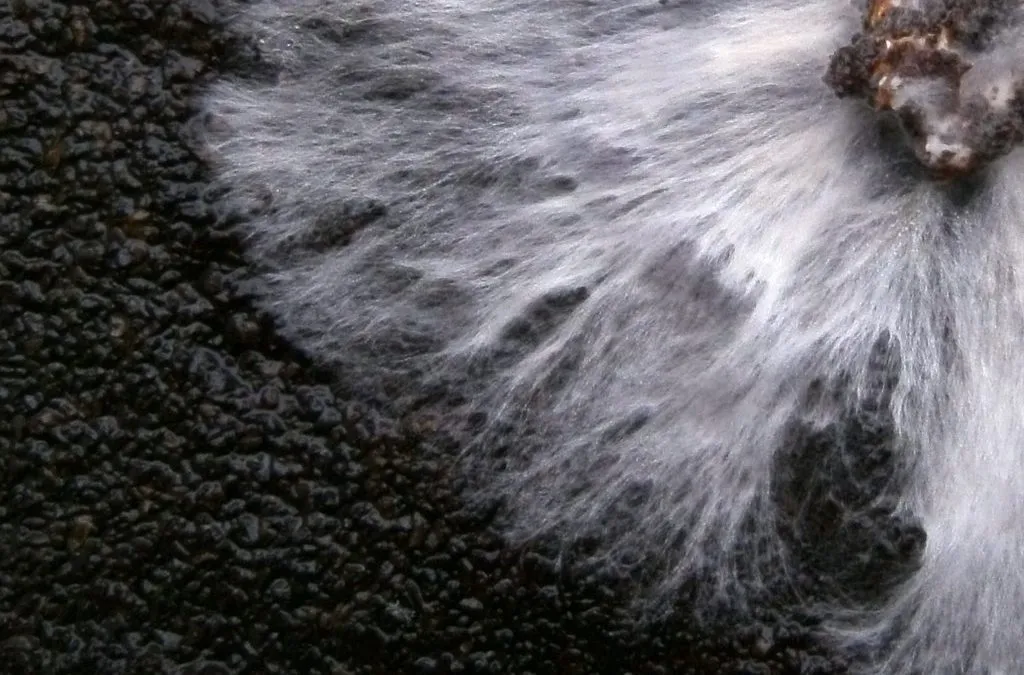Indigenous Micro Organisms (IMOs) refer to a wide range of bacteria, fungi, and yeast that naturally exist in the environment, specifically within a particular ecosystem or geographical area. These microorganisms are found in the soil, air, water, and on various surfaces, playing essential roles in the ecosystem’s balance and health. IMOs are typically collected from local environments, such as nutrient-rich forest floor soils, and are utilized in agriculture, composting, and soil management to enhance plant growth and soil fertility. There is a symbiotic relationship that occurs between plants and beneficial IMOs; the microorganisms convert nutrients into a form that the plant is able to absorb. In turn, the plants provide food to these microorganisms. This type of closed-loop farming system maximizes the use of on-farm resources and recycles farm waste while at the same time minimizing external inputs. KNF is a multifaceted system that adapts to local conditions.
Soil plays a vital role in our ecosystem; without it, life for many multicellular organisms would cease to exist. In addition, food shortages are driven by soil degradation, as poor farming practices lead to loss of nutrients through erosion and leaching. To maximize crop yield, it is imperative that farmers maintain a healthy environment for plants to grow, as the quality of the soil can change the outcome of the harvest. The most common way to replenish the soil is by adding fertilizer to it. However, the maintenance of fertile soil does not come cheap. Fertilizers and other soil additives can be expensive and leach harmful chemicals into the environment. It is vital that farmers minimize their foot print and costs wherever possible.
– Make IMO collecting box from cedar with lots of holes for air flow.
– Make al dente rice. Wash rice and ferment rice washed water for step 1 of making LAB.
– When rice is done, add a small dash of FFJ and OHN and mix. (optional)
– Fill wooden box 2/3 full with loosely packed rice. Staple wire screen and paper towel to top but leave one corner open. This will help keep pests and organic matter out.
– Go into the woods around your growing area, the closer the better but can arguably be within 50 miles. Find a spot higher in elevation then your growing area, 500 ft elevation gain is ideal.
– Move leaves to find a spot of the forest floor with a nice big mycelial bloom. Research what types of trees specific microbes like to get a better idea on where to set your box.
– Place IMO box on top of mycelial bloom then pick a small piece of mycelium, remove any organic matter from mycelium, set it into box and staple the last part shut. If theirs lots of animals in the area get creative on how to protect your box. An old metal wire dog cage works great but makes for a lot to carry through the woods.
– Check the weather before you set your box out. Make sure its not to cold or going to rain, if its goin to rain make a plan on how to keep it from getting wet.
– Always put out more than one box to help your chances of getting a good collection and cutting down on wasting time.
– Let ferment for 5-7 days
– If you have a nice cloudy white fluff of mycelium its a good collection! Colors don’t necessarily mean its a bad collection but not great, its lots of diversity but not fully what were after. Compost any collections with to much red, green, black or slim mold.
– Make shelf stable by mixing with equal parts brown sugar with the rice/IMO, this is now IMO2 and can be stored for up to 3 years.
The goal is to get a good collection from every season north, south, east and west of your growing area. By the third year you should have around 36 IMO2 collections. This will give you the ability to inoculate a wide range of the diverse microbial life that thrives in your environment and gives you the tools to let nature keep nature in check as it intends.

